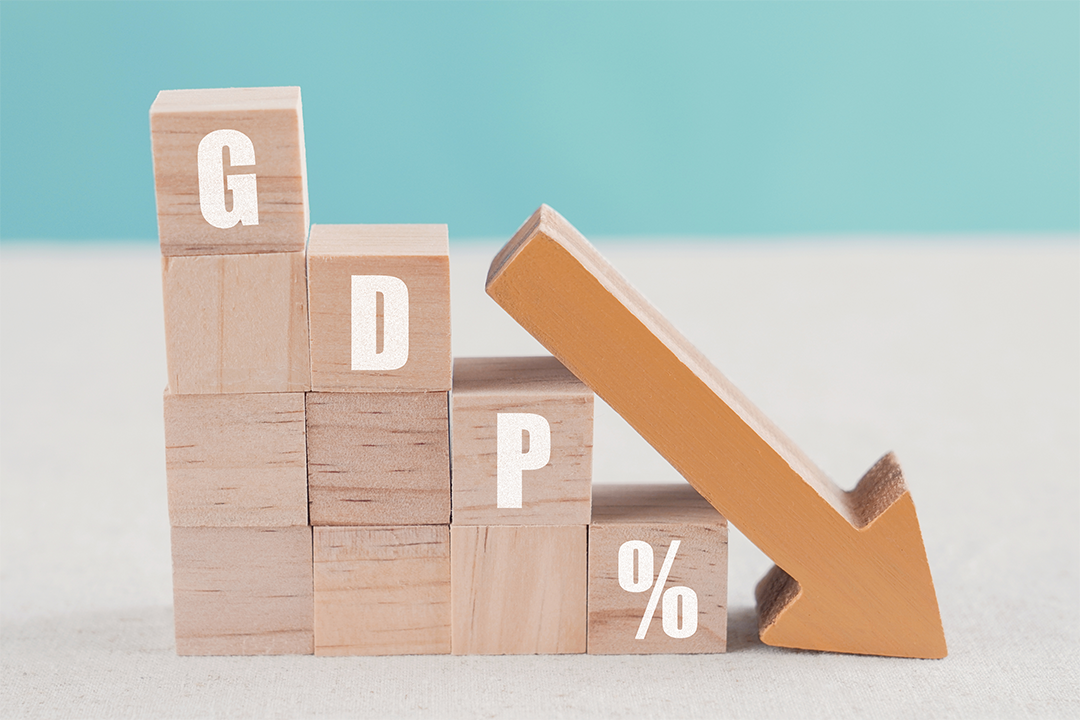

Sharemarkets were mostly up over the past week, with the US lifting by 2.1%, Australia +0.7%, Japan +2.1% and China +2.3%. The exception was in the Eurozone where equities fell by 0.9%.
After global sharemarkets rallied hard from mid-June to August on expectations of a “central bank pivot” from aggressive rate hikes, shares have been on a downtrend since then as central banks have remained hawkish and economic data has been solid (which means that further rate hikes are necessary to reduce demand).
The rise in markets this week probably reflects some recent oversold conditions in shares but does make a new “higher low” in equities (after the June low) which could see a setup for a rebound in shares from here (as US shares are still 16% below early 2022 highs and Australia is 9% below its 2022 peak).
However, with central banks remaining hawkish (the RBA, ECB and BoC all lifted rates this week) and no definitive signs of a peak in inflation, we remain cautious on the short-term outlook for equities.
Out of interest, 94% of central banks in developed markets have been lifting interest rates (see chart below).

Bond yields rose in the US and Europe on expectations of further rate hikes. The US 10-year yield rose to 3.3% (from 3.1% last week) and the German 10-year yield lifted to 1.7% from 1.5%. In Australia, the 10-year yield declined marginally to 3.6% after reaching 3.7% this week following Lowe’s speech which hinted at a slowing in the pace of rate hikes.
Reports that the new UK PM Liz Truss was planning a fiscal stimulus program that would add to the UK budget also added to upward pressure on UK yields. Bloomberg reported that the total stimulus (which would be targeted towards households and helping with their energy bills) could be worth up to 9% of GDP. The issue is that while in the short-term it would help cost of living issues and help the economy to avoid a recession, it could also add to household income and risk entrenching higher inflation for longer. Thus, cost of living measures for households should be met with fiscal tightening in other areas.
Energy prices were lower over the week despite news that the gas pipeline between Russia and Europe Nordstream 1 would remain shut (after it was closed due to maintenance) unless sanctions against Russia were reversed. Many European countries are now offering energy price caps, rebates for consumers or cost of living assistance payments. Oil is down to $83/barrel and most commodities (apart from gas and coal) are down on earlier 2022 highs (see the chart below).

The US dollar reached a cycle high this week before giving up some of these gains. Weakness in the Yen (as the BoJ pursues easy monetary settings) and Euro (due to growing concerns related to the energy crisis) has given upward momentum to the USD. The AUD rallied slightly to 0.68 USD.
Economic activity trackers
Our Economic Activity Trackers improved for Australia (from higher hotel and restaurant bookings), weakened in the US (from lower rail freight, job ads and mortgage applications) and were slightly higher in Europe (from higher retail and recreation mobility). Economic activity still appears to be holding up across the three major economies.

Australian economic events and implications
Australian June quarter GDP rose by 0.9% (as forecast by economists and the RBA) which is a solid increase, taking annual growth to 3.6%. It was expected that GDP growth would be decent over the first half of 2022 as consumer spending on services normalised as travel and services industries completely opened up, which is reflected in the data. The June GDP is backward looking as it doesn’t really reflect any impacts from the RBA rate hikes (which started in May). We expect GDP growth to slow to below 2% per annum by late 2023.
The Australian July trade data was much weaker than expected with the trade balance falling to $8.7bn, with consensus looking for a $14.7bn trade balance. Exports plunged by 9.9% due to a big decline in iron ore and coal exports as prices fell. Non-monetary gold exports also declined. Imports rose by 5.2% with a big lift in consumption goods (which is a sign that consumer demand is holding up but would also reflect higher goods prices).

Other Australian data this week included the Melbourne Institute monthly inflation gauge that showed the trimmed mean inflation measure running at 5.3% year on year in August, which indicates further growth in September quarter underlying inflation (see chart below) and a solid 2% rise in ANZ job advertisements for August.
